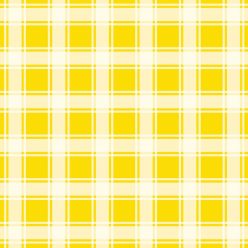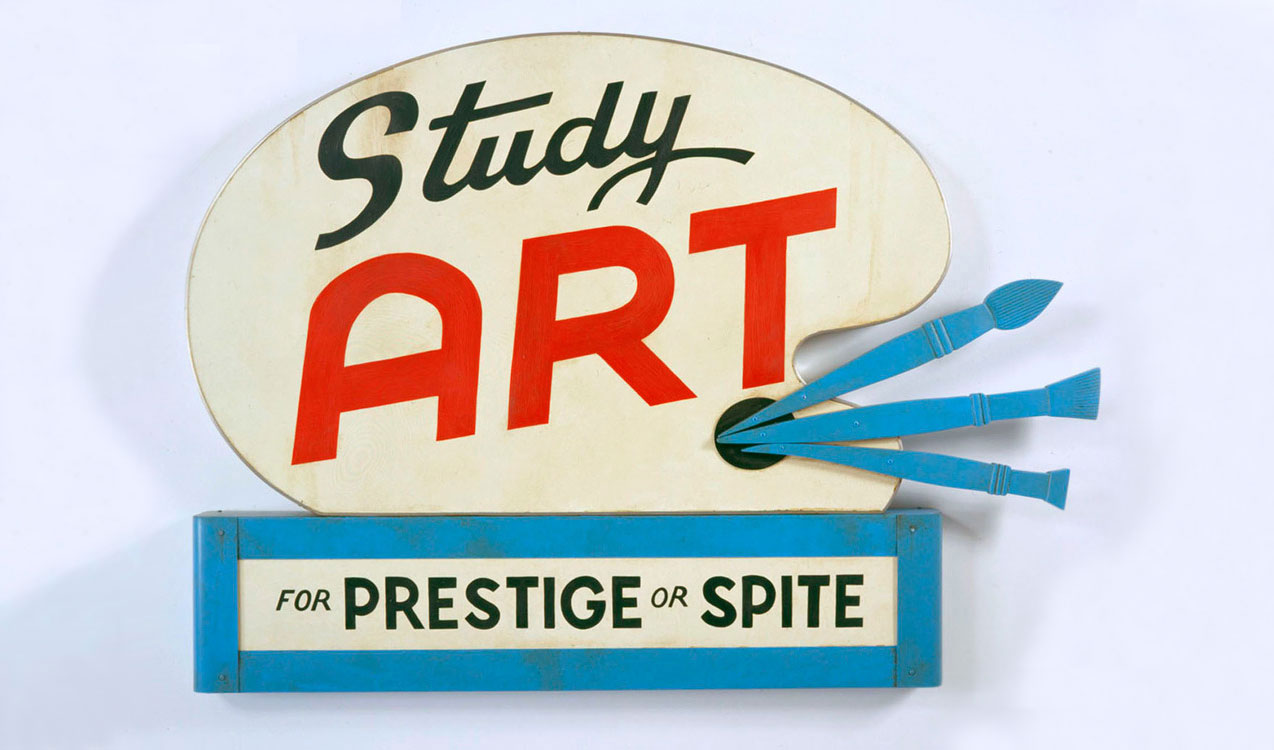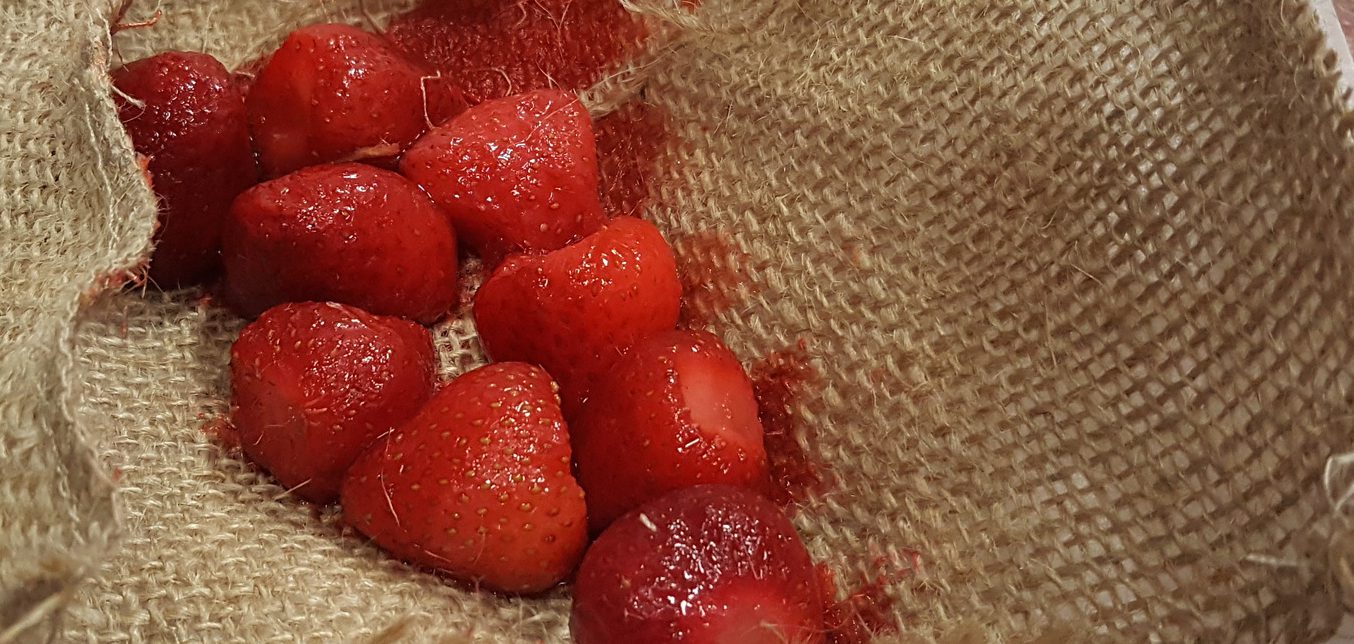Previously, I have made some visual analysis and a little contextual analysis on the Incense Burner as an Elephant with a Rider. This time, I will be finding out more about the artefact’s background, form, and function, which I have not covered in the previous post.

J I N G D E Z H E N P O R C E L A I N
Jingdezhen is known as the porcelain capital of China. Previously called Changnan because it was situated on the south bank of the Chang River, Jingdezhen was once a humble market town that produced fine ware for official use from as early as the 6th century.
Other than for imperial uses, Jingdezhen also produced porcelain for the global market. Generally, the export of Chinese ceramics date back to the Song dynasty (960-1279). Supported by the government as an important source of revenue, the ceramics trade established in the Song dynasty continued to flourish through time. Chinese porcelain influenced the ceramics produced in other countries, and was in turn influenced by other countries. For example, importers had certain demands in their commissions, and many were also developed specifically for foreign markets.
P R O D U C T I O N
Jingdezhen functioned with ungainly efficiency: with predictable impoverishment of potters, with rivalry among kilns and entrepreneurs, with considerable waste and worker dissatisfaction, without direct contact with its most important customers, without central direction over several thousand furnaces – yet with effective and flexible division of labor as a whole. It achieved domination of the global market in ceramics not only by virtue of the superiority of its product but also by the scale and organisation of its production. It represented the climax of handicraft industry, the grandest achievement of wholesale, concentrated manufacture before the age of steam-driven machines.
– The Pilgrim Art: Cultures of Porcelain in World History by Robert Finlay, Chapter 1: The Porcelain City: Jingdezhen in the Eighteenth Century, pp. 26
One of the reasons Jingdezhen was an ideal site as a centre for porcelain production is its geographical location. The city is abundant with minerals for porcelain manufacturing (kaolin – China clay, and petuntse – China stone), wood fuel for firing (kiln wood) and was near a river, allowing for a water system to be developed to transport raw materials around for porcelain production, and at the same time to ship ceramic products out of Jingdezhen.
Jingdezhen’s operations were optimal. Manufacturers specialised in different items such as storage jars or wine cups. Kilns developed to specialise in different aspects. Some produced imitations of pieces from different periods, some concentrated on large “dragon jars”, toad ware, and one specialised in dishes for Japan.
Workers were also highly specialised. Painters specialised in sketching specific motifs/designs or filling in colors, and were forbidden to develop other skills, in order for them to reach a level of perfection that would contribute to the uniformity and excellence of the painted wares.
From shovelling clay, to skimming of the creamy surface residue, beating the clay with wooden spatulas, making clay molds for “pressed ware”, to actually crafting the wares, Jingdezhen porcelain passes through many hands. Twenty artisans would work one after the other on a single piece of porcelain before it gets sent to the kiln. Workers blew glaze onto vessels as many as seventeen times. At least seventy craftsmen polish, decorate, and glaze the fired porcelain, before returning it to the kiln for a second firing.
All these allow for an effective mass-production system, which was beneficial to the ceramics trade.
K O – S O M E T S U K E
Ko means old and Sometsuke means blue and white wares. During the final decades of the Ming Dynasty, Chinese Imperial patronage slowed down and hence as a response, the Jingdezhen potters sought new markets for their wares. After all, the ideal system that was in place shouldn’t go to waste.
One such market was Japan, where tea ceremony was becoming increasingly popular. The tea ceremony requires different utensils, and this allowed Jingdezhen porcelain to rise up to the demand.
F U N C T I O N

The tea ceremony is considered an art. From making the tea, consuming the tea as a guest, to the decorations, location and setting of the space, everything is perfectly organised. A host’s artistic eye in selecting the wares, decorating the space and setting the mood are important skills as hosts are responsible for conducting unique tea gatherings for the guests. Hence, other than the tea cups themselves and small dishes for sweets, flower vases and incense burners are also some of the wares that are produced for the Japanese market.
The ceramics used in tea ceremonies are not only valued for their practicality, but also for their aesthetic qualities. A key element in the practice is said to be the host’s connoisseurship skills; the host curates a selection of objects to use in a particular gathering.
I would imagine that the incense burner plays a part in setting the mood. In order to set a certain tranquil mood, incense would be burnt to fill the room with calming aromas.
Moreover, the stylistic representation of the elephant and rider, rather than just a normal, indistinguishable form, would reflect the host’s artistic style or interests, maybe in the whimsical.
This incense burner could also be a conversation piece for the tea ceremony participants, seeing that it was so thoughtfully selected. It is considered very polite for a guest to ask about something in the room that they do not understand, as the guests’ interest is appreciated by the host.
F O R M
This type of incense burner was apparently particularly designed for the tea ceremony setting. It was inelegant to have smoke in the ceremony, so instead of burning incense sticks, fine glowing charcoal would be used. Small pastilles of blended incense (usually perfumed wood or ground mixtures) mixed with glue are laid on top of a thin sheet of mica, itself balanced on top of a charcoal stick glowing inside the censer.
The elephant holds the charcoal and the portly man acts as a cover. The holes in his ears and mouth is where the scent would flow through to gracefully permeate the room.
B I B L I O G R A P H Y
“Jingdezhen.” Encyclopaedia Britannica. Accessed October 27, 2018. https://www.britannica.com/place/Jingdezhen.
“Chinese Pottery – The Ming Dynasty.” Encyclopaedia Britannica. Accessed October 27, 2018. https://www.britannica.com/art/Chinese-pottery/The-Ming-dynasty-1368-1644.
“Chinese Porcelain: Production and Export.” Khan Academy. Accessed October 27, 2018. https://www.khanacademy.org/humanities/ap-art-history/south-east-se-asia/china-art/a/chinese-porcelain-production-and-export.
“Ming Dynasty | Chinese Ceramics.” China Online Museum. Accessed October 27, 2018. http://www.comuseum.com/ceramics/ming/.
Li, Songjie, Shujing Wang, and Xinghua Li. The Development of Jingdezhen in the View of Cultural Innovation. Studies in Sociology of Science. 3rd vol. No. 4. Pp. 45-49. Canadian Research & Development Center of Sciences and Cultures, 2012. Accessed October 26, 2018. http://www.cscanada.net/index.php/sss/article/viewFile/j.sss.1923018420120304.ZR0102/3147.
Finlay, Robert. “The Porcelain City: Jingdezhen in the Eighteenth Century.” In The Pilgrim Art: Cultures of Porcelain in World History, 17-46. University of California Press, 2010. http://www.jstor.org.ezlibproxy1.ntu.edu.sg/stable/10.1525/j.ctt1pnfm7.8.
Little, Stephen. “Economic Change in Seventeenth-Century China and Innovations at the Jingdezhen Kilns.” Ars Orientalis 26 (1996): 47-54. http://www.jstor.org.ezlibproxy1.ntu.edu.sg/stable/4629498.
“Ko-sometsuke: Chinese Porcelain for the Japanese Market.” Jorge Welsh. Accessed October 28, 2018. http://www.jorgewelsh.com/publications/publication/category/ko-sometsuke_chinese_porcelain_for_the_japanese_market.
“64. Rare Kosometsuke Elephant-Form Incense Burner 青花(古染付)象形瓷香爐.” Japanese Haniwa Female Figure日本埴輪陶女像 | Kaikodo Asian Art. Accessed November 1, 2018. http://www.kaikodo.com/index.php/exhibition/detail/magnificent_obsessions/206.
“Tea Ceremony Etiquette.” Matcha-Tea.com. July 27, 2016. Accessed November 2, 2018. https://matcha-tea.com/matcha/etiquette-for-guests-during-japanese-tea-ceremony.
Willmann, Anna. “The Japanese Tea Ceremony.” The Met’s Heilbrunn Timeline of Art History. April 2011. Accessed November 02, 2018. https://www.metmuseum.org/toah/hd/jtea/hd_jtea.htm.
P I C T U R E S
Incense Burner as an Elephant with a Rider. Digital image. Asian Civilisations Museum. Accessed October 27, 2018. https://discover.acm.stqry.com/v/incense-burner-as-an-elephant-with-a-rider/s/45646827-0004-4d3a-957c-bda15518efad.
Woodblock Print by Toyohara Chikanobu. Digital image. National Public Radio. Accessed November 2, 2018. https://www.npr.org/sections/thesalt/2015/06/23/414669081/in-the-japanese-tea-ceremony-politics-are-served-with-every-cup.




